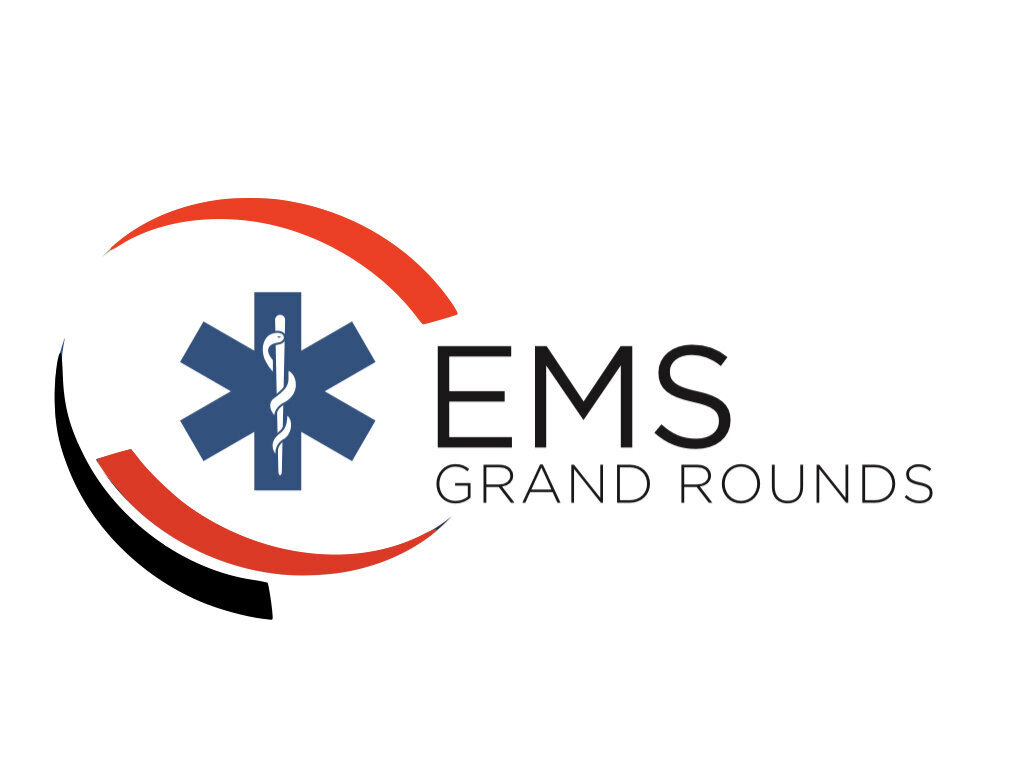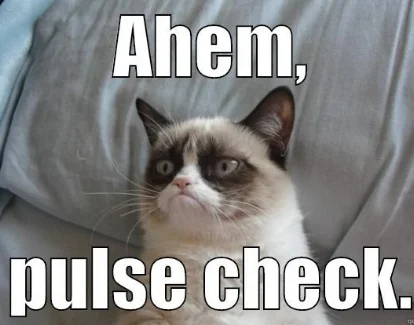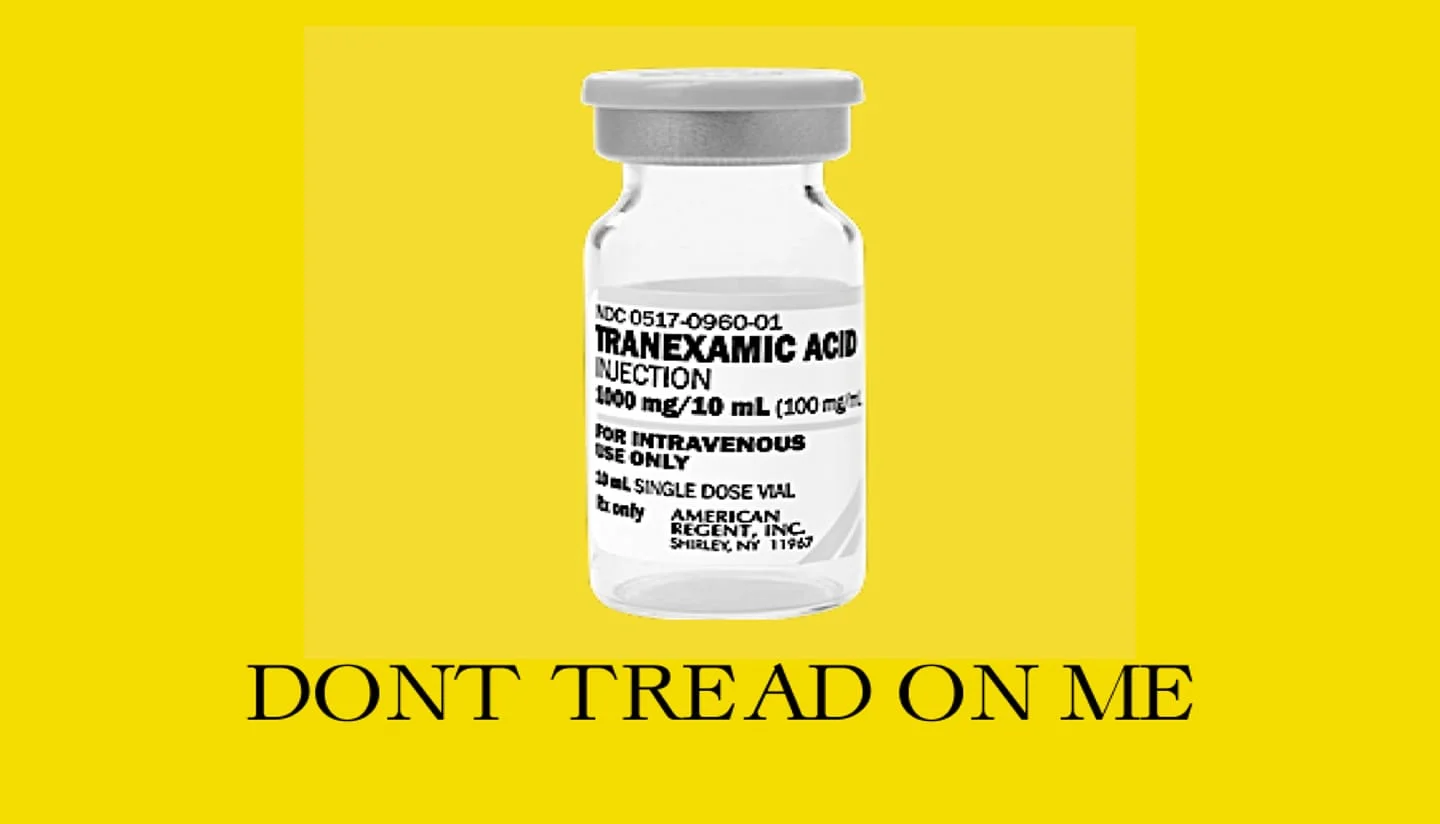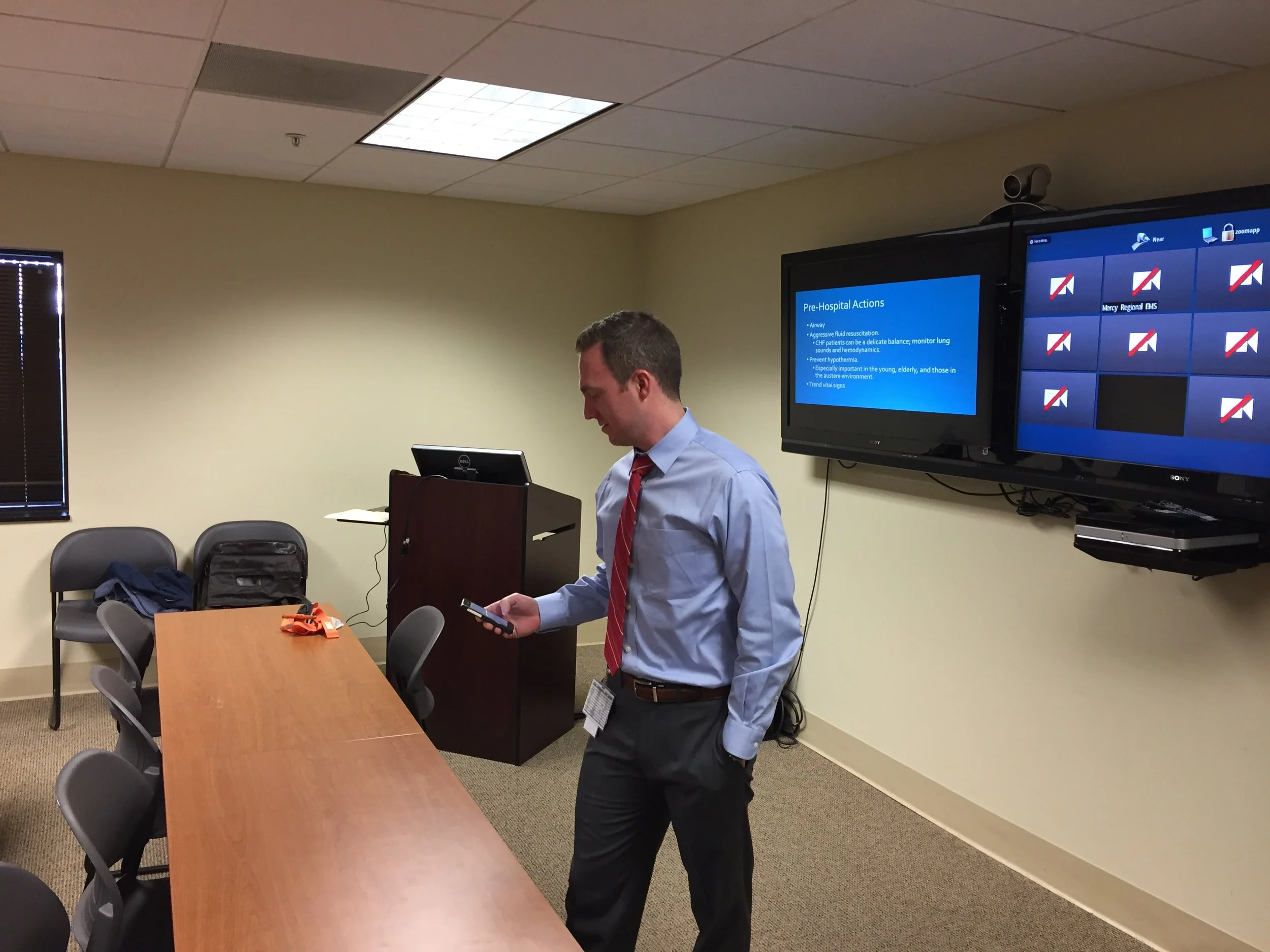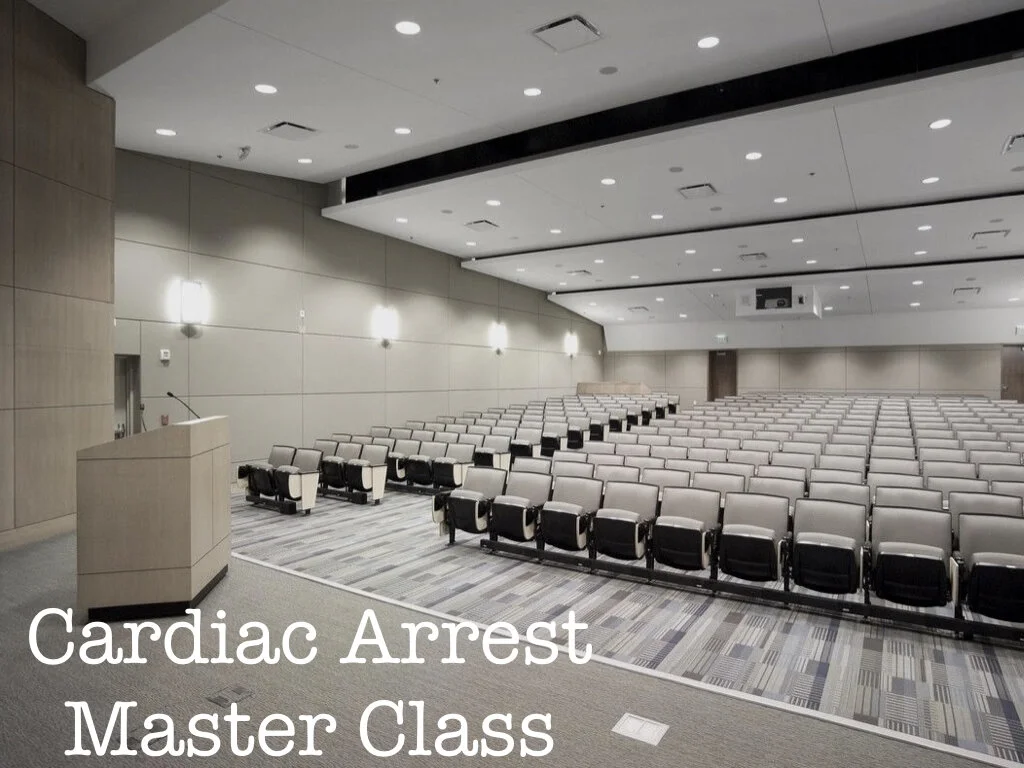FIX YOUR PULSE CHECK
CPR's pretty important in most cardiac arrests. Or rather, chest compressions are really important a lot of the time. We think that we're doing good compressions most of the time, but the simple fact is that we often are not. The best of us do it at a little better than 80% of the time, most of us probably are down at 50% or lower. Yep, 50% of the time a person's heart isn't beating, we're not doing anything to help that.
So where do we lose time? Some of it is when we screw up- we're not paying attention, we miss cues, we slip or get tired or stop for airway interventions or IV's. That we'd like to fix, but often can't predict, other than to practice like hell so it doesn't happen.
Unfortunately, even if you do great proscribed ACLS, you commit yourself to a baseline of less than 80%- ie you're not starting at 100 and subtracting mistakes, you're starting at 80 and subtracting. And that's if you do great ACLS.
Where does the time go? Partly, it's in stopping for giving breaths. If you figure most groups who are doing BVM ventilations initially and the 30:2 ratio of compressions with it, and figure it takes about 8-10 seconds for most people to give 2 breaths, that means you are compressing for 15 seconds, then stopping for 10 seconds. Then compressing for 15, and stopping for 10. Almost 50% of the time we are off the chest. Of note, continuous chest compressions vs 30:2 have been studied and no difference found in survival, but also there was essentially no difference in pauses either, meaning these guys were doing really great really fast breaths and jumping back on the chest. (Nichol G. Trial of Continuous or Interrupted Chest Compressions during CPR.N Engl J Med. 2015 Dec 3;373(23):2203-14).
The other thing those guys did though was have really short pulse checks. AHA says make your pulse check <10 seconds. I charge that that's still too long, but more to the point, the average peri-shock no compression interval typically runs around 20+ seconds, and if you think your service is better, I challenge you to look at your data recordings and actually scrutinize how much time it takes for the patient to get more than 12 continuous chest compressions after stopping for the pulse check (takes that many to rebuild the pressure head necessary to mount a CPP and perfuse things again).
So here are two versions of a video to show you how you might be able to shorten your pulse check, increase your chest compression fraction, and hopefully save some lives. The short version is less detailed but better production quality, the long version has more info but is less great. Either way, see what you think.
